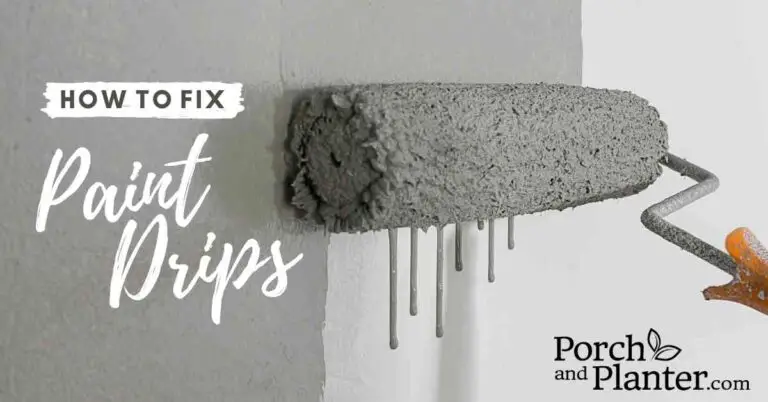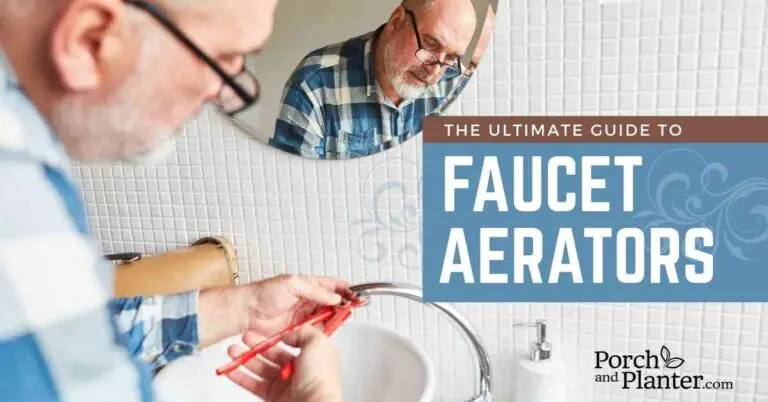How to Skim Coat

Skim coating is an excellent method to get your walls ready for painting, but it can be confusing for those who’ve never done it before. In this article, we explain step-by-step how to successfully skim coat your walls so you can complete your project with confidence!
Also, be sure to check out our article answering the most common questions on skim coating if you haven’t already!
Supplies and Equipment Needed
- Joint Compound
- Water
- Taping Knife or Trowel (we recommend a taping knife, but a trowel will work)
- Mud Pan
- Smaller Putty Knife (for scraping off lumps and bumps after the skim coat has dried)
- Paint Roller and covers (one for the skim coat mixture and one for primer and any paint you want to apply afterwards)
- Primer/Sealer (we recommend using a low VOC water-based primer)
- Sandpaper
- Dropcloth or covering for the floor
- Tack cloths
- Power drill and mixing paddle for mixing the skim coat
Step-by-Step Instructions
Step 1: Prepare the Walls
Use a drywall knife to remove any loose paint or texture from the wall, paying particular attention to areas where water might have seeped in through cracks or other imperfections. Sand lightly if necessary with sandpaper. Wipe away dust with tack cloths before proceeding.
You might have to prime the wall with a primer/sealer before you start, especially if you’re going over semi-gloss or gloss paint, or if the surface still has wallpaper glue on it. Make sure to let this dry fully before you start the next steps.
Step 2: Mix the Skim Coat
Slowly add water to the joint compound while mixing it with the mixing paddle. You’re shooting for a yogurt-like consistency in the joint compound. Be careful not to add too much water at once, as this can result in uneven drying times which can lead to lumps forming on the wall surface. You can always add more water, but you can’t take the water back out.
Step 3: Roll Out the Skim Coat
Roll the skim coat onto the wall with the paint roller. The goal is enough mud to coat the wall. It doesn’t have to be super even, as we’ll even it out in the next step.
Step 4: Skim the Wall
Now comes the skimming part of the skim coat. You’ll want to skim the taping knife or trowel over the wall in a mostly downwards motion. You can go any direction you need to make sure it’s smooth, but keeping the strokes consistent is important.
You’ll also want to make sure you work your way across the wall several times to ensure it’s even. Scrape any excess mud off of your knife or trowel and into the mud pan. You can use the extra mud you’ve gathered to fill in gaps where necessary as you go.
Tip: Put slightly more pressure on the left side of your knife as you pull down, and work across the wall from right to left. This will create a smoother finish.
Step 5: Let the Wall Dry
Once you’ve applied your first layer of skim coat, you’ll need to let the wall dry. How long it will take to dry depends on how much water you mixed into the skim coat and the brand of skim coat. It can take anywhere from a few hours to a day to dry.
Step 6: Scrape Off Bumps
Once the skim coat has dried, start scraping off any bumps, bubbles, or drips with your smaller putty knife. This will help even out the wall to prepare it for the second coat.
If you really want to go all out, you could do some light sanding, but since you’ll be covering up this coat with more skim coat, it really isn’t necessary.
Step 7: Roll Out Second Coat
It’s time to roll on the second coat. You’ll want to use a thinner layer of skim coat than you did before, as the goal of this coat is to even out the first.
Step 8: Skim the Wall Again
Take your taping knife or trowel and skim the wall. This coat should create a smooth finish on your wall, but don’t worry if there are a couple of lumps here and there, you can sand them off in the next step.
Step 9: Let the Wall Dry
Let the wall dry again. You’ll want to make sure it’s truly dry, as you’ll get a better finish when you sand if it isn’t gummy in any way.
Step 10: Sand the Wall
The final step is to sand any imperfections in the wall smooth. This will knock down any lumps that are left and create a smooth surface for your finishing coats of paint or wallpaper.
Give it a good coat of primer/sealer and you’re good to go! Congratulations on your freshly skim coated walls!
If you’ve read through this and still have questions before starting, check out our article covering the most common questions about skim coating!


![Is It Worth It to Replace a Refrigerator Compressor? [ANSWERED]](https://porchandplanter.com/wp-content/uploads/2021/09/worth-it-to-replace-refrigerator-compressor-768x402.jpg)


